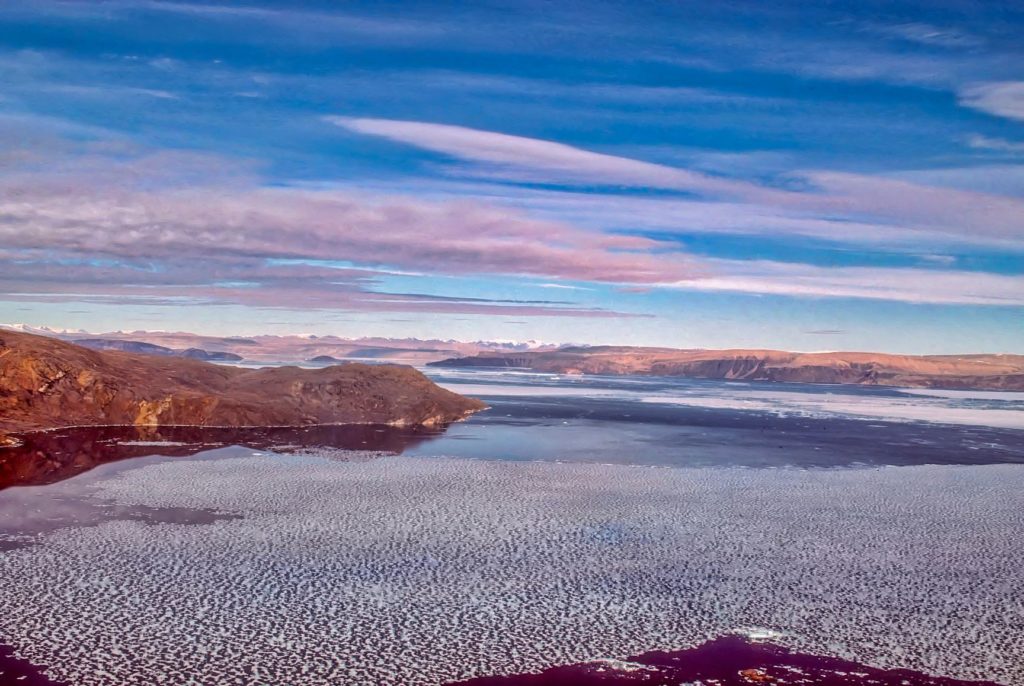Connecting marine protected areas in Canada’s Arctic
Polar bear, beluga whales, narwhal and other iconic species share the vast and beautiful Canadian Arctic. But that’s not all they have in common.
They’re also constantly on the move — whether on land and ice or in the ocean — travelling through areas that are protected by humans and those that are not.

It’s impressive that 15 per cent of marine and coastal areas in the Arctic are provisionally or fully protected, including Tuvaijuittuq Marine Protected Area and Tallurutiup Imanga National Marine Conservation Area in the region we’ve dubbed the Last Ice Area.
But many of these sites have been selected without any overarching strategy to create a network of protected areas.
Why the Canadian Arctic needs a network of protected areas
And why is a network better than a patchwork system of protected areas? Networks create connectivity, ensuring species can move freely and safely throughout their habitat range.
It allows belugas to raise their calves, narwhal to forage, and polar bears to den without human interference. Other species, from seabirds and fish to tiny zooplankton, would also benefit from a protected areas network.
That’s why we launched CanPAC. WWF-Canada’s Canadian Arctic Marine Priority Areas for Conservation project demonstrates that network planning is possible in the Eastern Arctic.
Over the last three years, WWF-Canada has worked with experts specializing in Arctic species and ecosystems to produce a series of proposed networks based on comprehensive and rigorous scientific analysis using the best-available data.
In addition to helping reduce biodiversity loss, holistic network planning for marine conservation would also improve day-to-day life for local Inuit communities on the front line of the climate crisis.

